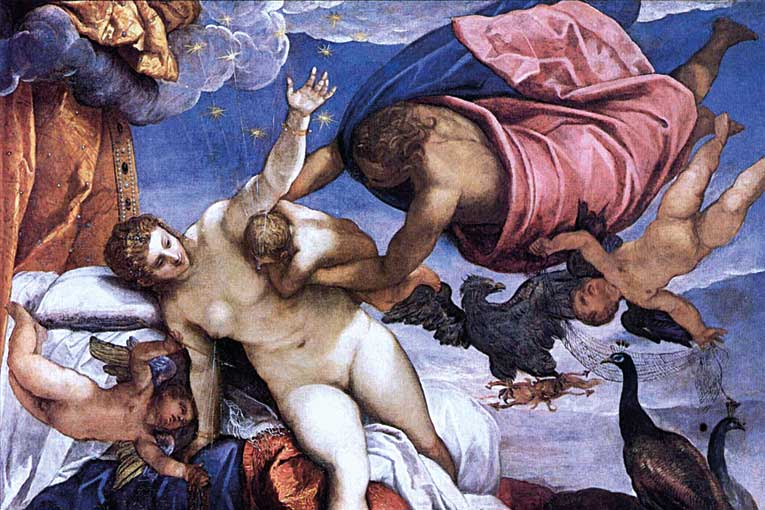
| On 4 September, the cover of Nature showed a dark background with a strange figure made of light filaments, one that could remind us of neurons, over which we could read «You are here». Therefore, that was actually a map, a cosmic cartography chart on a colossal scale. Over the picture there was the word Laniakea, a Hawaiian term that translates as “immense sky”. Laniakea was the name given to the galaxy supercluster that contains our galaxy, the Milky Way.
Until the 1920s, the scientific mainstream thought our universe was just a vast galaxy of stars, gas and dust containing everything we could see in the sky, whether they were stars or nebulae. Actually, the name of the Milky Way refers from ancient times to that region of space that emits a dim light and crosses the celestial sphere from side to side. It is an «insider» point of view of our own galaxy. It is formed by millions of stars, most of them indistinguishable to the naked eye. Galileo Galilei used his telescope in 1609 to point to different regions of the Milky Way, and wrote in the Sidereus Nuncius that the galaxy was made of «congeries of innumerable stars grouped together in clusters. Some Nebulae are groups of small stars set thick together in a wonderful way». The name Milky Way is the Latin version of the Greek name “galaxias” (gala, γάλα, means “milk” in Greek), and has a mythological origin. Zeus wanted his half-human son, Heracles, to be breastfed by Hera; he placed him on her breasts while the goddess slept and the boy started to nurse. Hera woke up and pushed the boy away, enraged, but some of the milk was spilt on the celestial sphere forming the Milky Way. A famous painting by Tintoretto recreates the scene. Since the moment when the astronomer Edwin Hubble showed in 1924 that the Andromeda nebula and other nebular objects where not part of our galaxy, but of other galaxies like ours, we have started to understand that the universe is formed by countless galaxies. In the area we call «observable universe», there are hundreds of thousands of millions of galaxies (the light coming from the most remote point in the observable universe has been able to traverse 13,800 million light years since the beginning of cosmic history). Andromeda, together with the Milky Way and other 40 smaller galaxies, forms a small cluster we call Local Group, which extends over 3 million light years. About 60 million light years away, in a region slightly larger than the Local Group, we find a rich galaxy cluster, the Virgo Cluster, a swarm formed by thousands of galaxies, some as colossal as the giant elliptical galaxy M87. This cluster, together with the Local Group, is part of an even larger structure known as the Virgo Supercluster. The borders of superclusters were blurry until recently. The astronomers who sign the Nature paper, R. Brent Tully, Hélène Courtois, Yehuda Hoffman and Daniel Pomarède, have measured the peculiar positions and velocities of over 8,000 galaxies in our surroundings and conclude that the Laniakea Supercluster would be even larger and contain the Virgo Supercluster, thus extending over 520 million light years with over one hundred thousand billion solar masses. Its frontier is more precisely defined similarly to a hydrographical basin’s (the watershed), but in terms of gravitation: any point in the supercluster is falling inward. Therefore, our cosmic address would be: our street and number, postcode, city, country, the Earth, Solar System (third planet), Orion Arm, Milky Way, Local Group, Laniakea. |
«Laniakea was the name given to the galaxy supercluster that contains our galaxy, the Milky Way» |
|





